Impact of Indoor Lighting on Human Health!
With the continuous development of urbanization, people’s activities are more focused on indoor spaces. Studies have shown that the lack of natural light is one of the important factors leading to physical and mental illnesses, such as physiological rhythm disorders and emotional disorders. At the same time, unreasonable indoor lighting designs cannot meet and compensate for people’s physiological needs for natural light stimulation. In today’s article, Canco will analyze how to use lighting design to benefit human physical and mental health and how to apply it in different residential spaces.
1. The Impact of Light on Human Health
The impact of light on the human body mainly includes the following three aspects:
1.1 Visual Effects
One of the most basic elements of lighting design is the illuminance that lighting fixtures can achieve, which has the greatest impact on people’s visual level. Only with sufficient illuminance can people see things. If the illuminance is too strong in a certain space or the angle of the lighting fixture is inappropriate, it may cause glare, which can harm people’s visual ability.
Glare refers to serious uneven brightness in the field of vision. Excessive contrast in brightness gives people’s vision a strong stimulus. Glare can reduce visual function, and in severe cases, it can cause instantaneous environmental detail perception and ability loss. Especially for children and the elderly, these two groups of people’s visual systems are respectively in the growth and decline stages. Glare can easily cause irreversible damage to their visual systems, such as myopia.
1.2 Biological Rhythm Effects
In addition to the most basic visual effects, light can directly affect human health in a non-visual way. The human body’s biological clock synchronizes physiological functions according to a 24-hour cycle, which is called the circadian rhythm. Natural light during sunrise and sunset and indoor lighting maintain our body’s biological clock, such as sleep and wake cycles. This is the rhythm effect of light. Various physiological processes related to digestion and sleep are regulated through hormone changes and interactions in this cycle.
Therefore, if the choice of lighting fixtures is not properly considered in lighting design, it will not only cause the brain and various organs to not rest adequately, but also cause symptoms such as insomnia, palpitation, dizziness, headache, memory loss, and even hypertension and neurasthenia.
1.3 Mood Regulation Effects
The color rendering index and color temperature of the light source in lighting design has a significant impact on people’s psychological emotions. Selecting lighting fixtures with appropriate color rendering index and color temperature in different indoor spaces can ensure that people in them have stable and peaceful moods.
In daily lighting, the color temperature of the optional light source is usually between 2000K-6500K. The lower the color temperature, the warmer the light and the greater the emotional stability it brings. A light source with a color temperature of 2700K-3000K can create a warm and comfortable atmosphere, suitable for bedrooms and living rooms. A light source with a color temperature of 4000K-4500K can create a bright and clean environment, suitable for offices and study rooms. If the combination of different color temperatures and illumination, will create a different psychological state for people.
2. Health Lighting Design Suggestions
2.1 Living Room: To meet the different needs of the function, and at the same time to achieve the purpose of setting up the environment and atmosphere.
Recommended lighting fixtures: Basic lighting (LED circular pendant or minimalist ceiling lamp) + accent lighting (table lamp, floor lamp) + decorative lighting (recessed spotlights can be integrated with the ceiling).
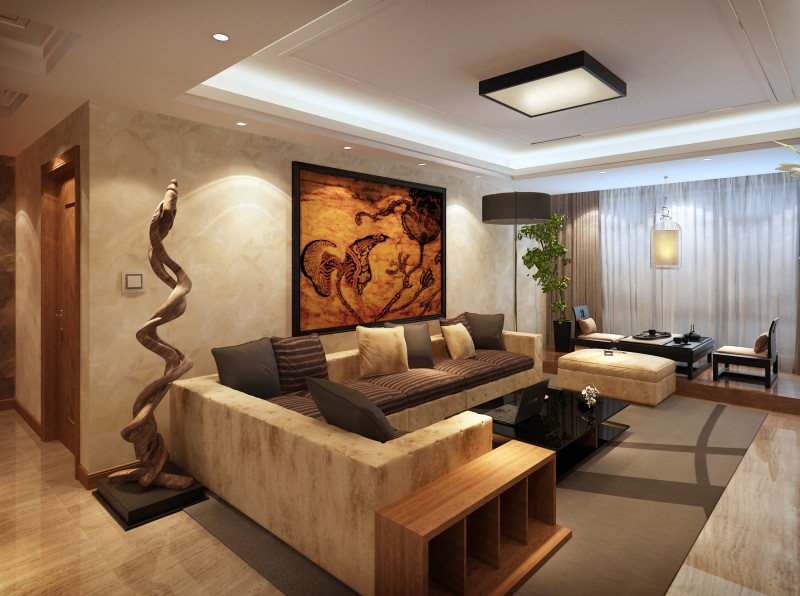
2.2 Dining Room: The quality of the light source is important for presenting food colors vividly.
Recommended lighting fixtures: Basic lighting (dimmable circle hanging lights).
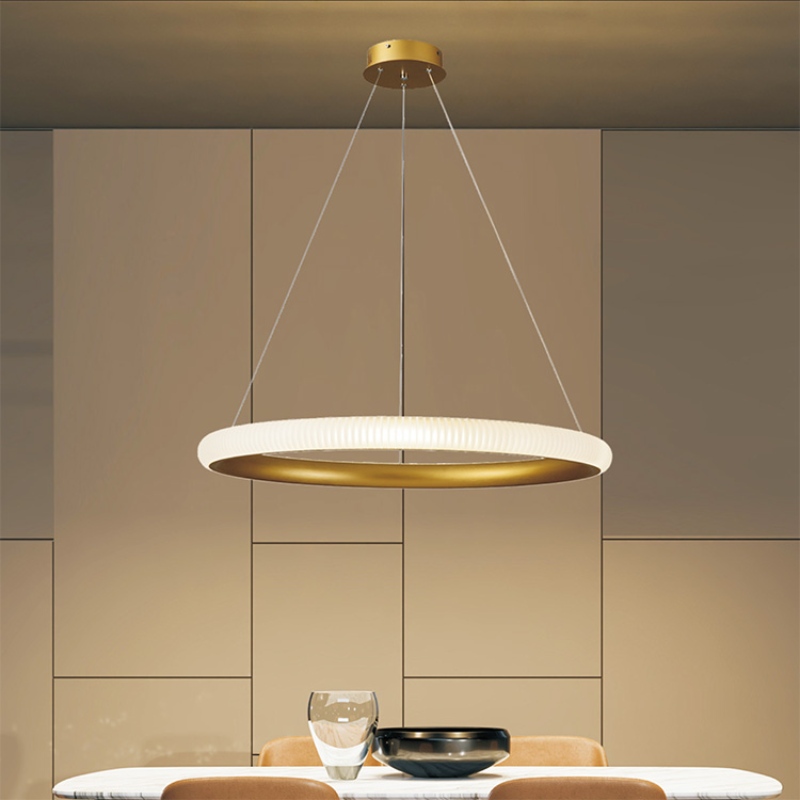
2.3 Kitchen: Using appropriate illuminance is important, as high illuminance can increase sensitivity to taste.
Recommended lighting fixtures: Basic lighting + accent lighting (LED strip lights under cabinets).

2.4 Study Room: High color temperature and illumination are ideal for workspaces, with appropriate focal visual sensitivity and avoidance of glare.
Recommended lighting fixtures: Basic lighting (LED linear lights) + +accent lighting (LED desk lamps) + decorative lighting (spotlights)
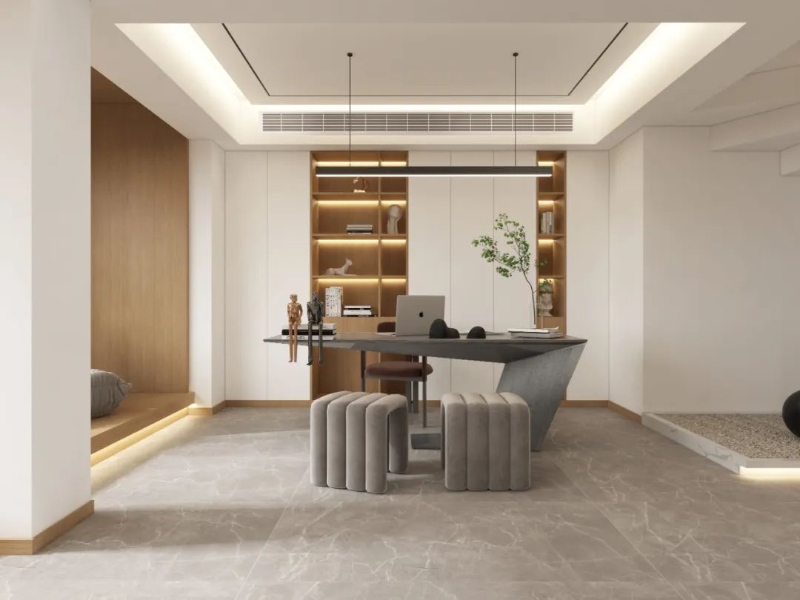
2.5 Bedroom: Create a relaxing and comfortable environment, with the option of circadian rhythm lamps to automatically simulate natural light changes.
Recommended lighting fixtures: Basic lighting (LED pendant light, ceiling lamp, downlights) + accent lighting (wall lamp, floor lamp) + decorative lighting (bedside embedded light strip).
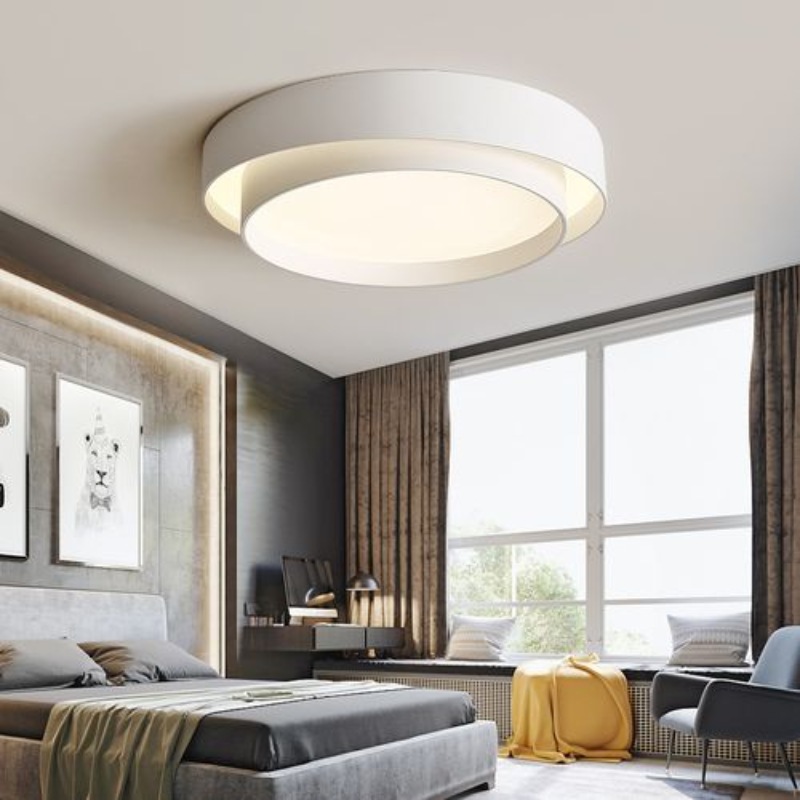
2.6 Children’s Room: Children’s eyes are in the process of development, should choose adjustable class lamps and lanterns.
Recommended lighting fixtures: Basic lighting (downlight, pendant light, or ceiling lamp) + accent lighting (track pendant lights) + decorative lighting (track spotlights).
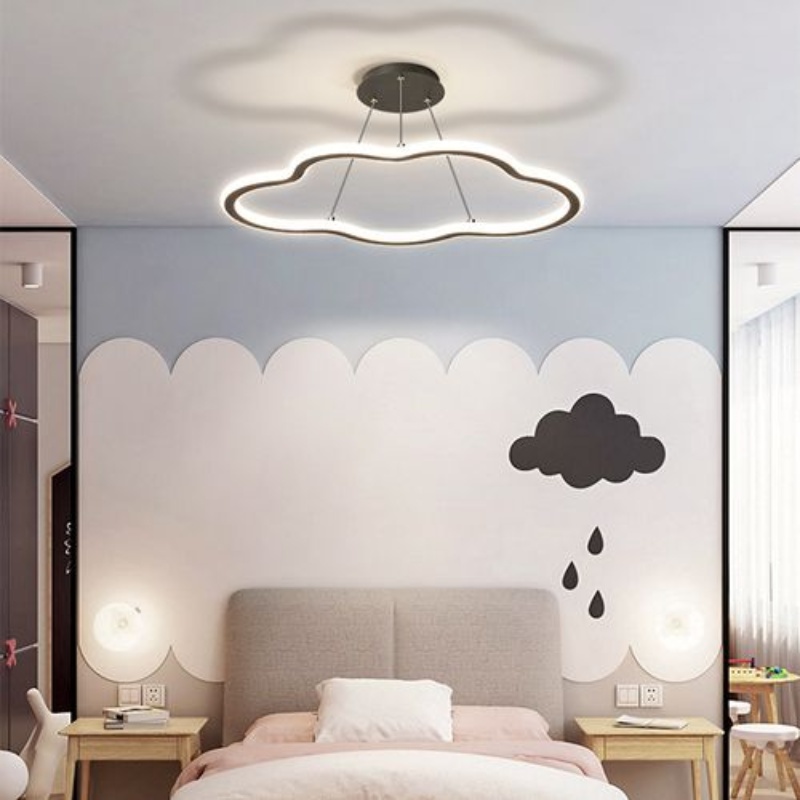
2.7 Elderly Room: Lighting design should take into account age-related visual sensitivity and color discrimination.
Recommended lighting fixtures: Basic lighting (LED pendant light or flat LED ceiling light, downlight) + accent lighting(table lamps).
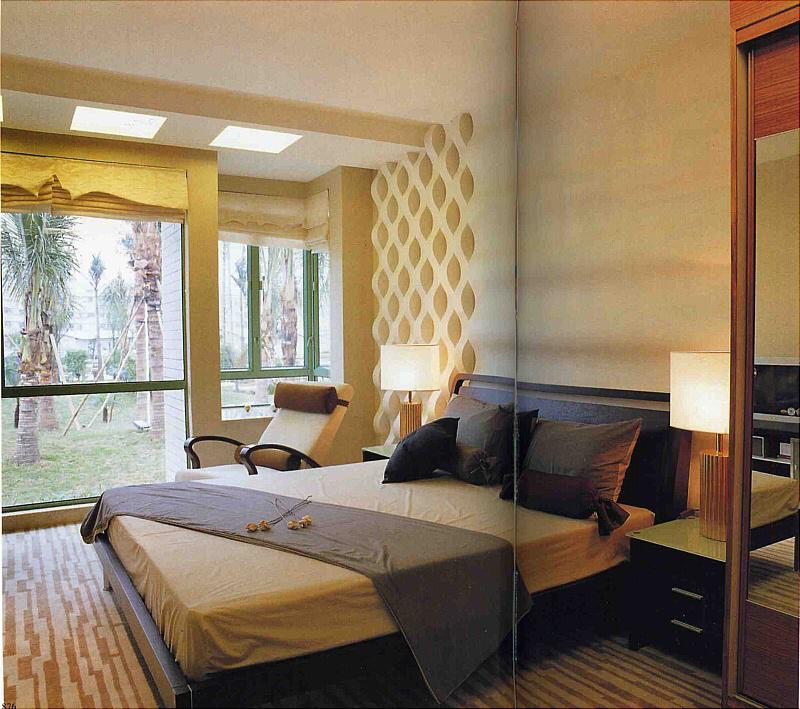
With people pursuing a high-quality life, healthy lighting is playing an increasingly important role. Canco Lighting designers strive to be more comprehensive and humanistic in lighting design, ensuring that people can enjoy their lives without being affected by the surrounding light environment. We have smart circular light as our goal, work to reduce glare, optimize light output, render the purest colors, and ensure efficiency within our products so that in turn, using and depending on our lighting and design is easy and carefree for the products’ lifetime. The question of how to design to keep people healthy is worth exploring and contemplating further.
